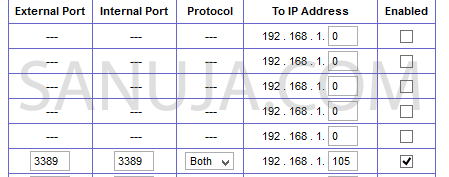This is part of the CCNA1 Introduction to Networks course. This page will be updated with texts in the future… for now, please refer to my lecture on my YouTube channel.
Summary of the Module 7
- Ethernet operates in the data link layer and the physical layer. Ethernet standards define both the Layer 2 protocols and the Layer 1 technologies.
- Ethernet uses the LLC and MAC sublayers of the data link layer to operate.
- The Ethernet frame fields are: preamble and start frame delimiter, destination MAC address, source MAC address, EtherType, data, and FCS.
- MAC addressing provides a method for device identification at the data link layer of the OSI model.
- An Ethernet MAC address is a 48-bit address expressed using 12 hexadecimal digits, or 6 bytes.
- When a device is forwarding a message to an Ethernet network, the Ethernet header includes the source and destination MAC addresses. In Ethernet, different MAC addresses are used for Layer 2 unicast, broadcast, and multicast communications.
- A Layer 2 Ethernet switch makes its forwarding decisions based solely on the Layer 2 Ethernet MAC addresses.
- The switch dynamically builds the MAC address table by examining the source MAC address of the frames received on a port.
- The switch forwards frames by searching for a match between the destination MAC address in the frame and an entry in the MAC address table.
- Switches use one of the following forwarding methods for switching data between network ports: store-and-forward switching or cut-through switching. Two variants of cut-through switching are fast-forward and fragment-free.
- Two methods of memory buffering are port-based memory and shared memory.
- There are two types of duplex settings used for communications on an Ethernet network: full-duplex and half-duplex.
